What are Chromosomes?
Chromosomes are like tiny instruction books found in every cell of our bodies. Imagine each cell as a bustling factory, and the chromosomes are the workers guiding the production. These workers, or chromosomes, contain genes, which are the specific instructions for making proteins – essential molecules that perform various tasks in our bodies. Humans typically have 23 pairs of chromosomes, and they carry our unique genetic code.
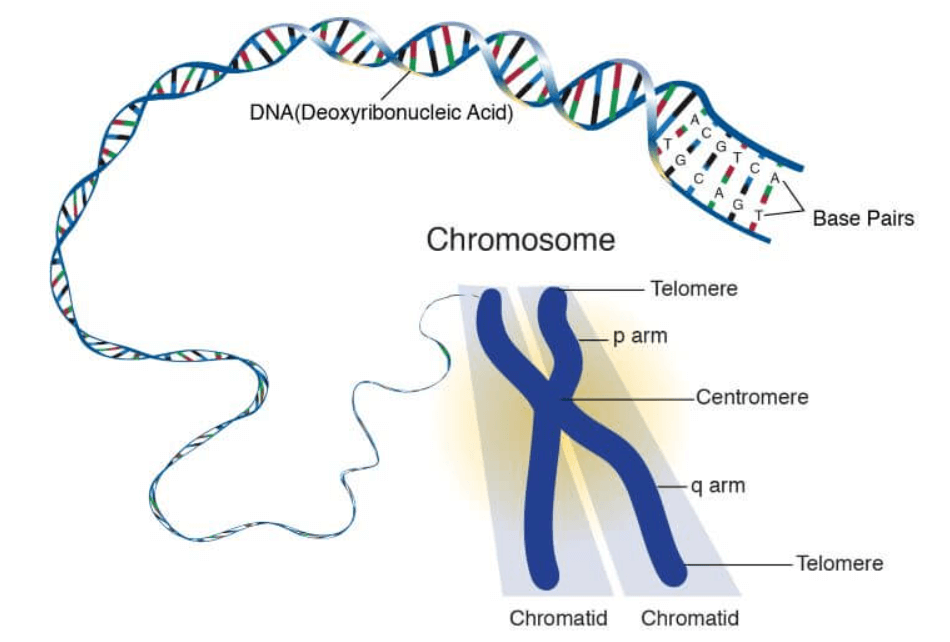
Think of each pair as a chapter in the instruction book, with one chapter from each parent. These chapters determine our traits, like eye color or height. During cell division, chromosomes ensure that each new Cell gets its own set of instructions. Occasionally, changes or mutations can happen, influencing our characteristics or causing certain conditions. Understanding chromosomes helps us grasp the remarkable way our bodies follow these genetic instructions to create and maintain life.
Chromosomal Theory of Inheritance
The chromosomal theory of inheritance is a fundamental concept in genetics that explains how traits are passed from one generation to the next. It proposes that genes, the units of heredity, are located on chromosomes, thread-like structures found in the cell nucleus. This theory was developed by Thomas Hunt Morgan and his colleagues in the early 20th century through experiments with fruit flies. According to this theory, chromosomes come in pairs, with one member inherited from each parent during Reproduction. Genes on these chromosomes determine specific traits, such as eye color or height.
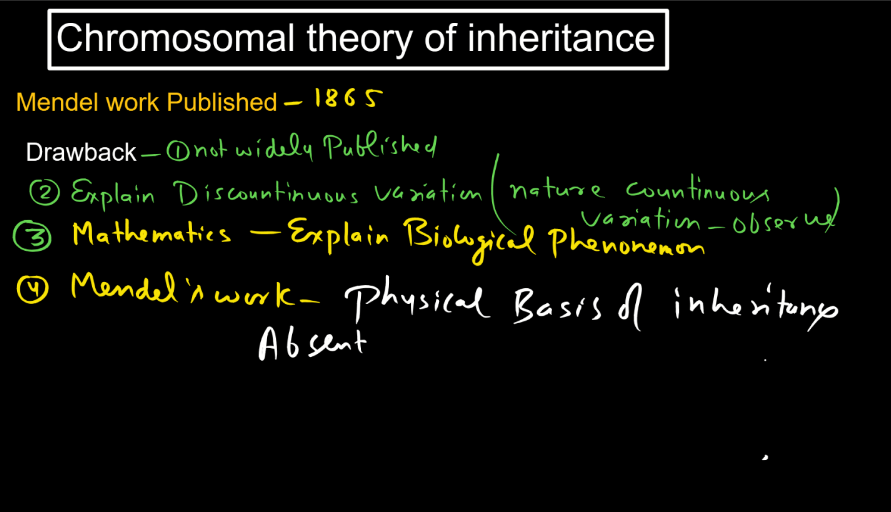
The process of meiosis ensures that each reproductive cell (gamete) receives only one member of each chromosome pair. Mutations and genetic variations occur when genes undergo changes or shuffling during cell division. The chromosomal theory of inheritance revolutionized our understanding of genetics, providing a concrete link between Mendelian principles and the physical structures within cells, paving the way for advancements in modern genetics and inheritance studies.
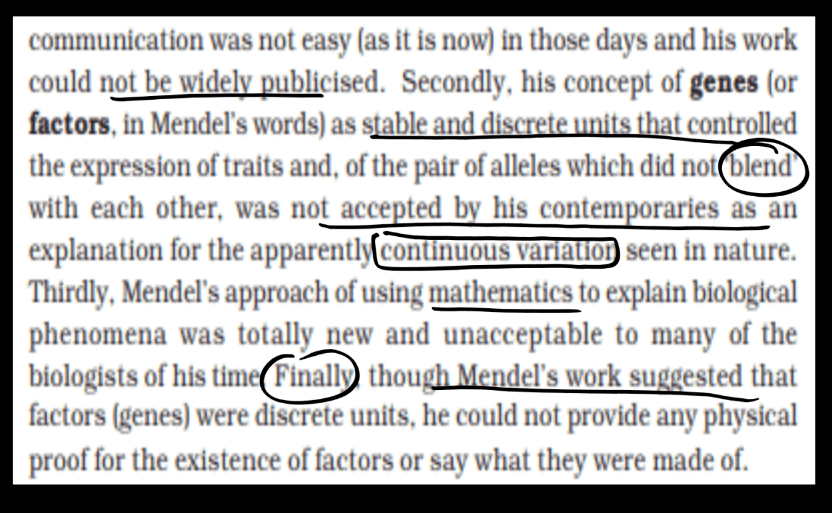
Some More Facts about the Chromosomal Theory of Inheritance
The chromosomal theory of inheritance, developed by Thomas Hunt Morgan and others in the early 20th century, established the connection between chromosomes and heredity. Here are some interesting facts about this theory. This theory has been crucial in shaping our understanding of how genetic information is transmitted from one generation to the next.
- Mendelian Genetics Confirmation: The chromosomal theory provided a physical basis for Gregor Mendel’s principles of inheritance, linking genes to specific locations on chromosomes.
- Fruit Fly Experiments: Morgons’s groundbreaking work involved studying fruit flies (Drosophila melanogaster). His experiments with fruit flies provided crucial evidence for the chromosomal theory and demonstrated that genes are located on chromosomes.
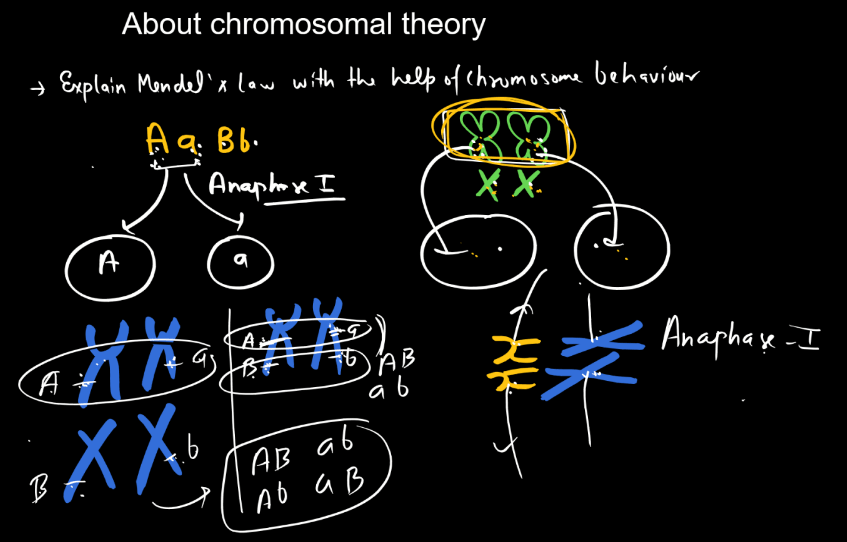
- Sex-Linked Traits: The theory explained the inheritance of sex-linked traits, as genes determining certain traits were found on the sex chromosomes (X and Y). This helps understand the mechanisms behind traits like color blindness and hemophilia.
- Independent Assortment and Crossing Over: The chromosomal theory explained the principles of independent assortment and crossing over during meiosis, further elucidating the variety of genetic combinations produced in offspring.
- Role in Modern Genetics: The chromosomal theory laid the foundation for modern molecular genetics, leading to discoveries such as DNA as the genetic material and the molecular structure of genes.
Conditions Necessary for Chromosomal Theory of Inheritance
The chromosomal theory of inheritance requires several conditions, some of which have been discussed here. These conditions collectively form the basis of the chromosomal theory of inheritance, providing a framework for understanding how genetic information is passed from one generation to the next.
- Chromosomes Carry Genes: Genes, the unit of inheritance, are located on chromosomes.
- Chromosomal Segregate: During gamete formation, chromosomes segregate, ensuring each gamete carries only one set of chromosomes.
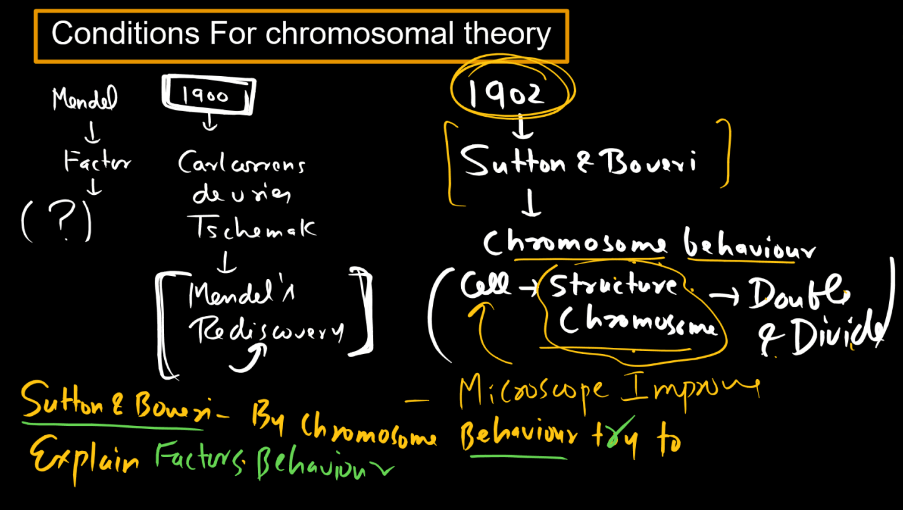
- Independent Assortment: Genes located on different chromosomes assort independently during gamete formation.
- Chromosomes undergo Random Fertilization: The fusion of gametes during fertilization is random, contributing to genetic diversity.
- Mendelian Inheritance Patterns: The observed patterns of inheritance should align with Mendel’s laws, supporting the idea that genes are located on chromosomes.

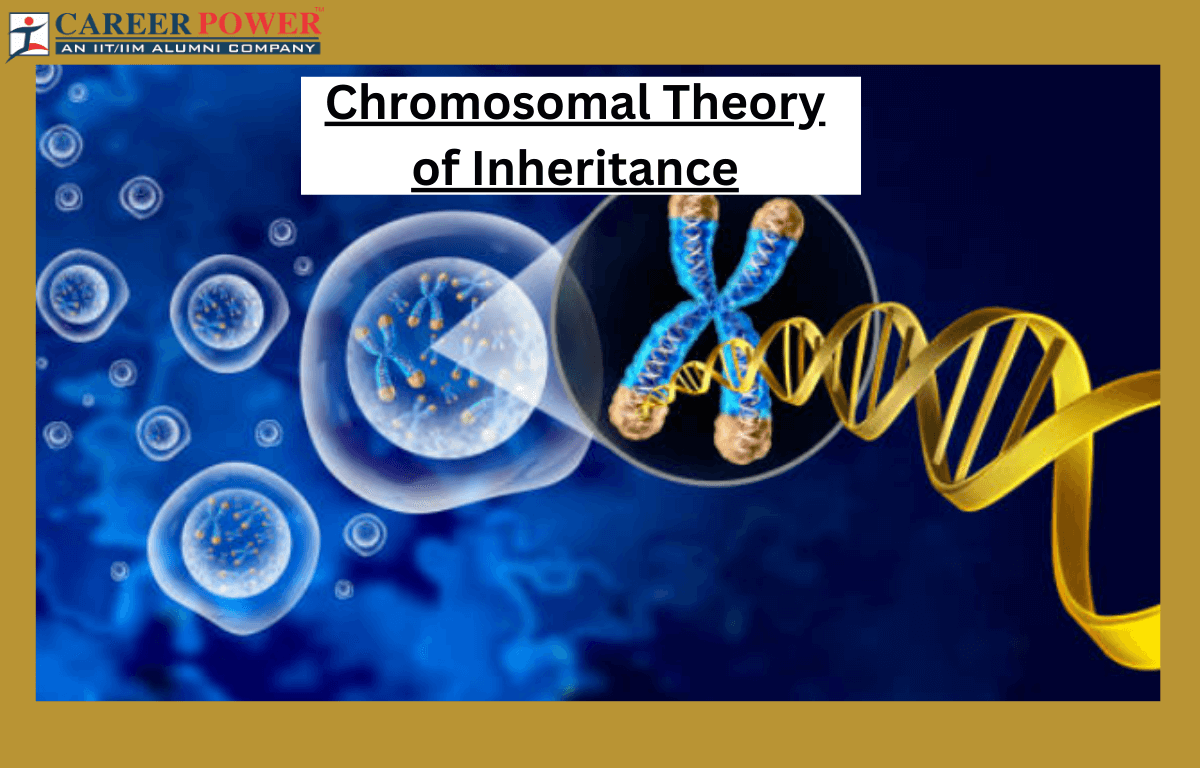

 50 Vegetables Name for Kids in English a...
50 Vegetables Name for Kids in English a...
 Food Chain: Definition, Types, Examples,...
Food Chain: Definition, Types, Examples,...
 Human Respiratory System: Definition, Di...
Human Respiratory System: Definition, Di...













